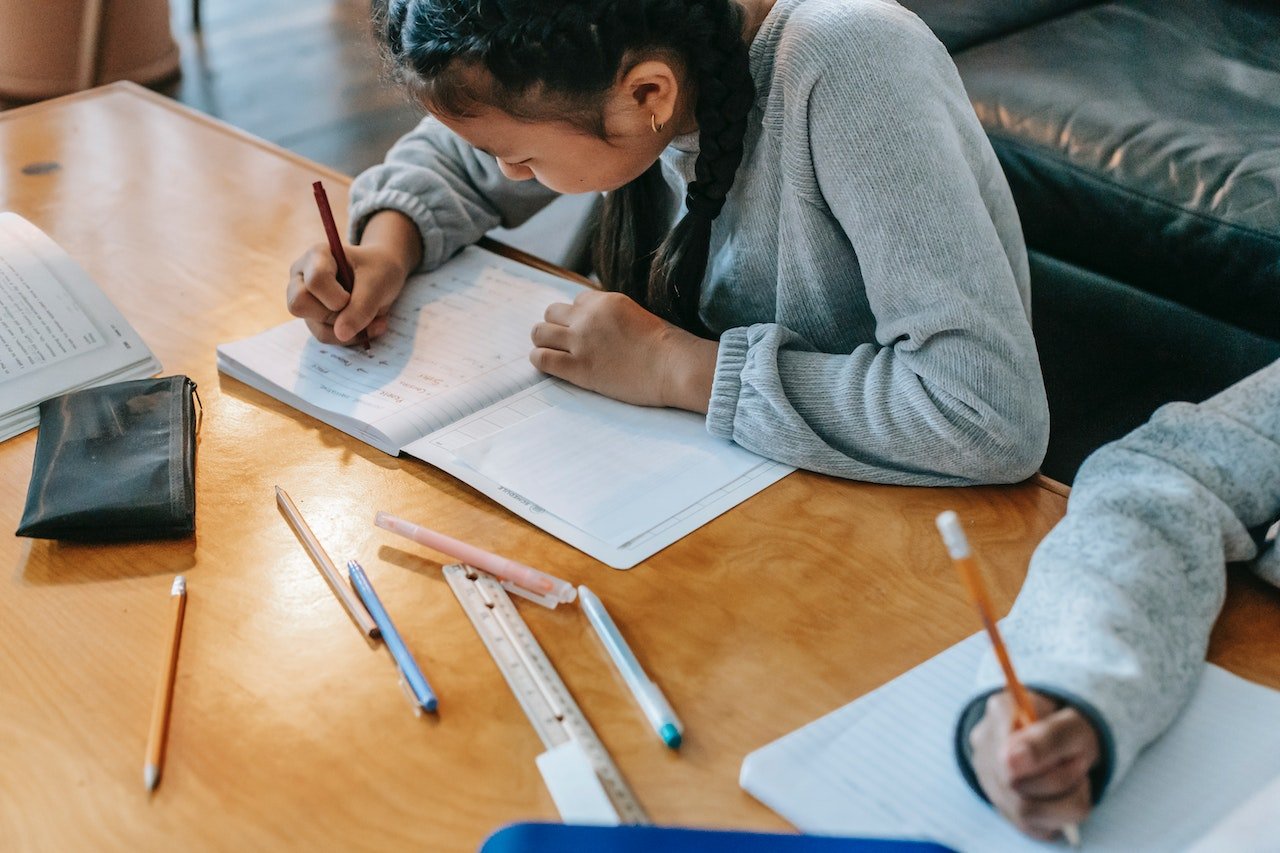The Beginner’s Guide to Modern Calligraphy

Calligraphy, derived from Greek words meaning “beautiful writing,” is the art of decorative handwriting. It has been practiced for centuries, evolving to become a cherished form of artistic expression.
Evolution to Modern Calligraphy
From ancient scripts to medieval manuscripts, calligraphy has seen various transformations. Modern calligraphy, while rooted in tradition, embraces contemporary styles and techniques, making it accessible and appealing to a broader audience.
Essential Tools for Modern Calligraphy
Nibs and Holders
The heart of calligraphy lies in its tools. Nibs, the metal tips of pens, come in various shapes and sizes, each producing unique strokes. Holders, on the other hand, provide the grip and control essential for precise lettering.
Inks and Papers
Choosing the right ink and paper is crucial. Quality ink flows smoothly, ensuring consistent lines, while specialized calligraphy paper prevents bleeding and feathering, preserving the integrity of your work.
Other Accessories
Beyond pens and paper, other accessories like rulers, erasers, and guidelines aid in achieving perfection. Investing in these essentials sets the foundation for mastering modern calligraphy.
Read More: The 7 Benefits of Online Learning
Basic Strokes and Techniques
Understanding Basic Strokes
Mastering basic strokes is fundamental. From thin upstrokes to thick downstrokes, understanding and practicing these foundational elements build confidence and proficiency.
Perfecting Your Technique
Consistency is key. Practicing basic strokes repeatedly refines muscle memory, allowing for smoother transitions and more fluid lettering.
Alphabet and Lettering Styles
Serif vs. Sans-serif
Understanding different typefaces, such as serif and sans-serif, guides stylistic choices. Serifs add elegance, while sans-serifs offer a modern touch, allowing for versatile and expressive compositions.
Cursive and Decorative Styles
Exploring various cursive and decorative styles enhances creativity. From elegant scripts to bold flourishes, experimenting with different techniques enriches your repertoire and personal style.
Practicing and Improving Your Skills
Daily Drills and Exercises
Consistency breeds excellence. Implementing daily drills and exercises sharpens skills, fostering growth and improvement over time.
Tips for Consistency
Staying consistent requires dedication. Setting aside time for practice, seeking feedback, and embracing challenges accelerates progress, turning beginners into experts.
Common Mistakes and How to Avoid Them
Overworking the Pen
Avoiding overworking the pen prevents smudging and maintains clarity. Knowing when to stop ensures crisp, clean lines, elevating the overall quality of your work.
Inconsistency in Lettering
Consistency is crucial. Paying attention to spacing, alignment, and proportionality minimizes errors, resulting in polished and professional compositions.
Projects to Get You Started
Greeting Cards
Creating personalized greeting cards showcases your skills. From birthdays to holidays, adding a personal touch elevates sentiments, making each occasion memorable.
Personalized Gifts
Crafting personalized gifts delights recipients. From custom quotes to monograms, incorporating calligraphy adds a unique and heartfelt touch, fostering connections and cherished memories.
Inspiration and Resources
Books and Online Courses
Exploring books and online courses offers insights and inspiration. Learning from experts and fellow enthusiasts expands knowledge, fostering creativity and innovation.
Joining Communities
Joining calligraphy communities connects like-minded individuals. Sharing experiences, tips, and resources cultivates camaraderie, accelerating growth and success.
Read More: Accounting Basics for Beginners to Learn: A Comprehensive Guide
Conclusion
Embarking on the journey of modern calligraphy enriches life in countless ways. From mastering techniques to creating meaningful compositions, embracing this timeless art form unlocks creativity, passion, and fulfillment.
FAQs
What is the difference between traditional and modern calligraphy?
Traditional calligraphy focuses on historical scripts, while modern calligraphy embraces contemporary styles and techniques.
Which tools are essential for beginners?
Essential tools for beginners include nibs, holders, quality inks, specialized paper, and other accessories like rulers and guidelines.
How can I improve my calligraphy skills?
Improving calligraphy skills requires consistent practice, exploring different techniques, seeking feedback, and embracing challenges.
Are there any recommended resources for beginners?
Recommended resources for beginners include books, online courses, and joining calligraphy communities to learn from experts and fellow enthusiasts.
What are some common mistakes to avoid?
Common mistakes to avoid include overworking the pen, inconsistency in lettering, and neglecting foundational techniques like basic strokes and spacing.







